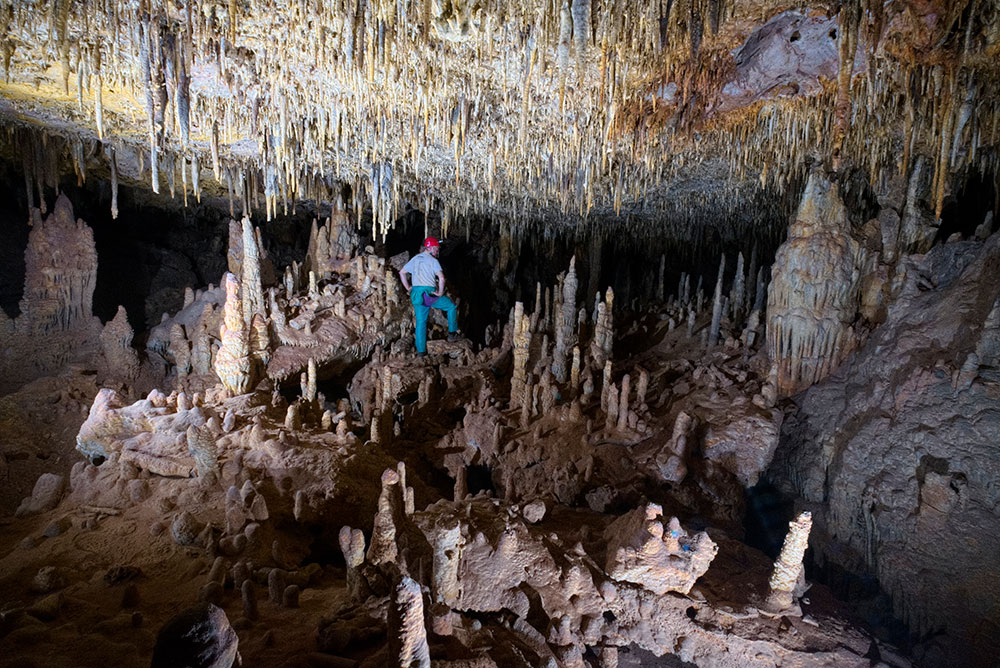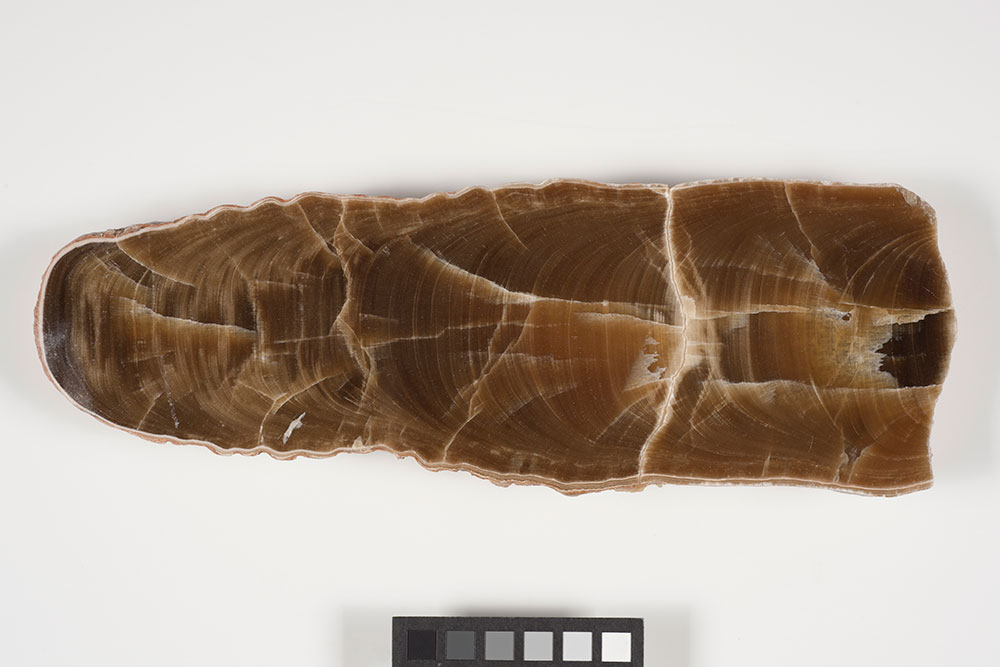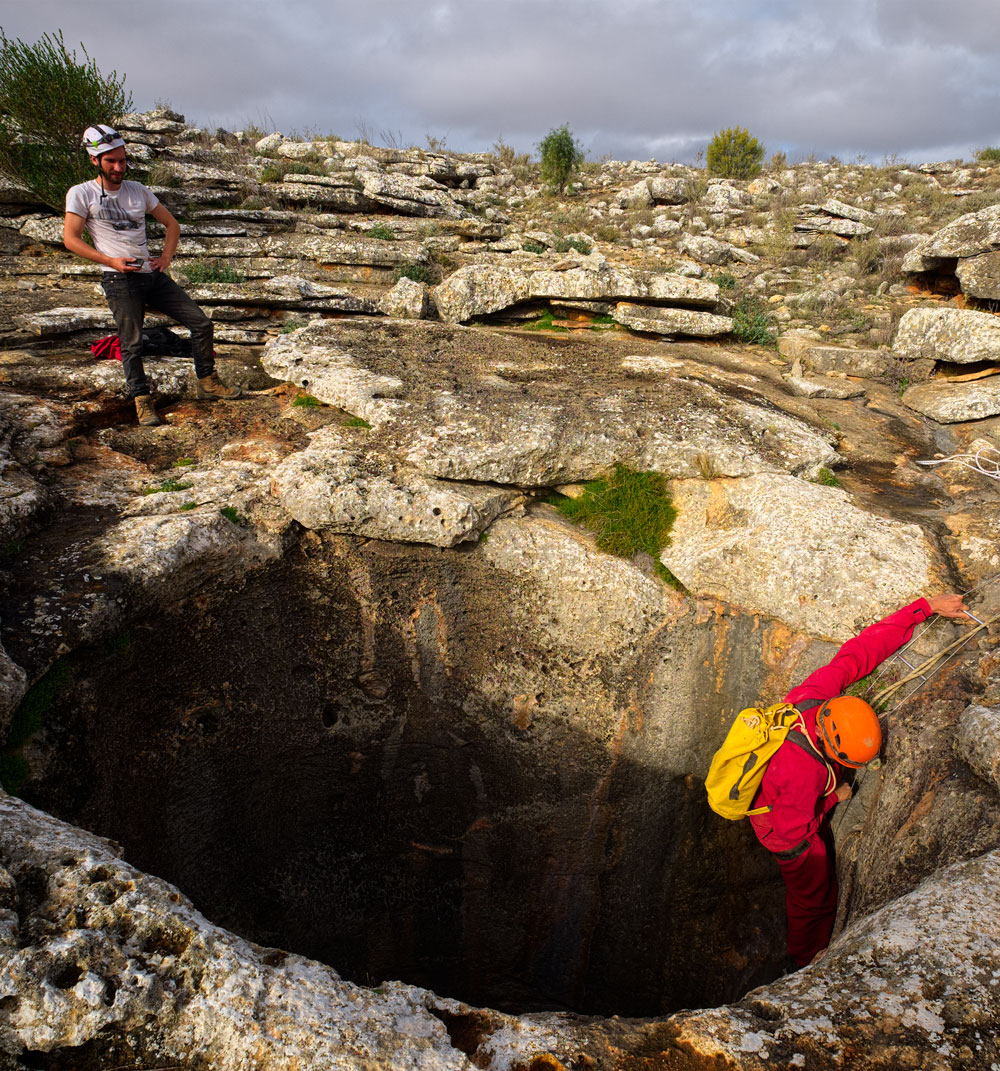The not-so-plain Nullarbor

Today it’s one of the driest spots in Australia, but just a few million years ago the Nullarbor was flush with trees and plants and had four times as much rain
Published 9 February 2016
Today the Nullarbor Plain is jokingly referred to as “Nullaboring” for its vast, arid landscape, devoid of trees and colour.
But there’s a secret to the Nullarbor that has only just been revealed: its hidden past as a once-lush, vegetation-dense forest of gums and eucalyptus trees, banksias and other flowering plants now found exclusively on Australia’s east coast.
Just 3.5 million years ago, it was a very different place. How do we know this?
It all comes down to our new approach to deciphering the environmental history of arid regions.
Our research indicates that, during the Pliocene Epoch between about three and five million years ago – the last time Earth’s climate was as warm as it is expected to be 100 years from now – the Nullarbor Plain was two to four times wetter than today, resplendent with forests of gum trees (Eucalyptus and Corymbia) and banksias.
Our research also tells us these forests collapsed around three million years ago, in response to the drying of Australia’s climate as global ice ages began.
The research has been published in the latest issue of the Proceedings of the National Academy of Sciences.
Investigating the environmental history of Australia’s arid regions is difficult for two reasons; because there are few areas where fossils are preserved, and because it is very tough to accurately date the fossils that are known.
Because of this, our knowledge of Australia’s environmental history over the past 10 million or so years is very shaky. However, it is reasonably well understood that the aridity of the interior developed in response to cooling of Antarctica, starting at about 14 million years ago. Thus researchers generally assume that Australia’s arid areas, including the Nullarbor, sprung up at that time.

We examined microscopic fossil pollen grains preserved within Nullarbor speleothems – calcium carbonate formations such as stalagmites, stalactites, and flowstones – that grow within caves.
Geologists worldwide study speleothems mainly because they preserve information about the Earth’s changing climate. But until recently, only speleothems younger than about half a million years could be dated accurately.
Early attempts to date Nullarbor speleothems ran up against this technical limit, creating an intriguing problem: since speleothems grow in response to the dripping of water into a cave, the abundance of speleothem-filled caves concealed beneath the Nullarbor implies that at some time in the past – before 500,000 years ago – arid Australia was much wetter than today. When, was anybody’s guess.
Perfecting dating methods
One of us (Jon Woodhead) has spent the last decade perfecting methods to date old speleothems. He applies a technique that is widely used to date other geological materials, based on measuring the tiny quantities of lead that accumulate from radioactive decay of equally tiny quantities of natural uranium in the speleothem.
As Jon slowly built up a collection of dated Nullarbor speleothems, it became clear that they had mostly grown during the Pliocene, between three and five million years ago.
Then in 2012, Kale Sniderman arrived at the University of Melbourne to explore past climatic conditions by interpreting fossil pollen grains preserved in sediments.
Although speleothems generally contain very little organic material, we wondered if small amounts of pollen, carried aloft in air currents, might have entered caves and become trapped within growing speleothems.

Kale dissolved samples of many of Jon’s dated Nullarbor speleothems, but the majority contained no pollen at all. This isn’t surprising, as many probably grew in caves that had no opening to the surface.
However, some samples remarkably did contain fossil pollen, and these, we realised, could reveal the nature of the vegetation on the Nullarbor when the speleothems were growing.
By compiling the pollen records from many individual speleothems, each with its own radiometrically-determined age, we were able to generate a new understanding of arid Australia’s deep past.

Our record shows that the Nullarbor already had a relatively dry climate before five million years ago, dominated by Casuarina (she-oaks) and by the Gyrostemonaceae (Bell- or wheel-fruits). The latter are from a group of short-lived Australian shrubs or small trees that grow mainly in dry climates, establishing after fire.
On the other hand, the saltbush that characterises the modern landscape was absent, so the climate was unlikely to be as dry as today.
However, around five million years ago, early in the Pliocene, the vegetation very abruptly (that is, within about 100,000 years) transformed to a woodland or forest of gum trees and banksias, along with other plants now found only in eastern Australia.
That suggests rainfall two to four-times higher than today.
This increase in rainfall coincided with an increase in ocean temperature across the Southern Hemisphere, implying that the increased rainfall was a response to a globally warming climate.
The revelation of this sustained wet interruption to Australia’s long-term drying trend is important as we continue investigating our arid-adapted ecosystems.
What does it tell us about other moisture-demanding plants and animals that are now confined to either the east or west coasts of Australia? Could the Nullarbor be the connection - a connection that died much more recently than previously thought?
And what other things might we discover with Jon’s new dating techniques?
To scientists, the “Nullaboring” is anything but.
Banner Image: Stalagmites and stalactites in abundance under the Nullarbor. Picture: Professor Jon Woodhead

